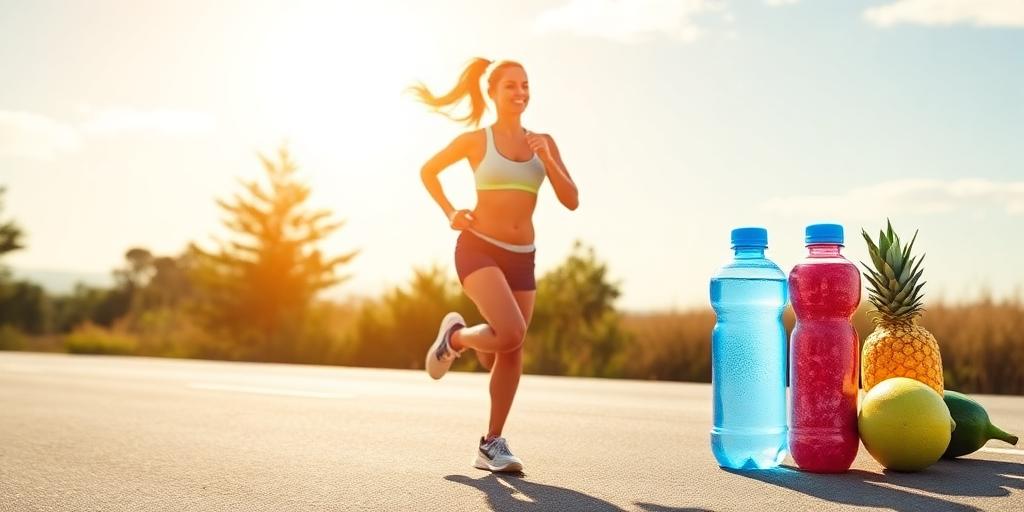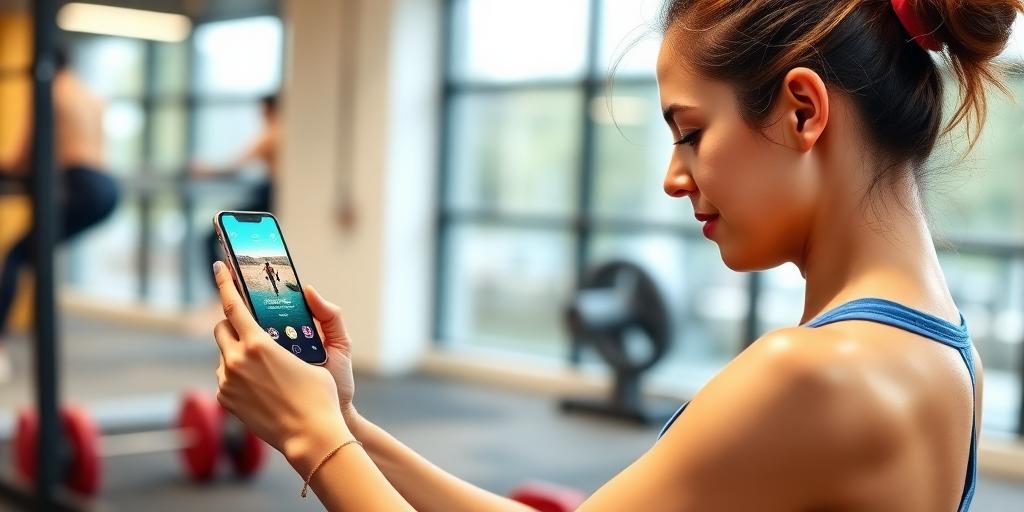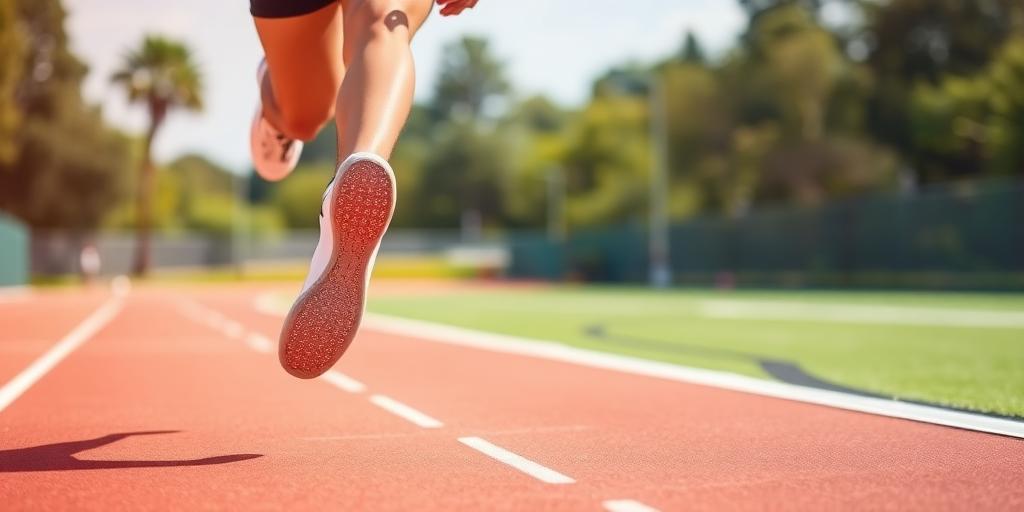Hydration Tips for Hot Weather Workouts
Exercising in hot weather can be challenging, especially when it comes to staying properly hydrated. Dehydration can lead to decreased performance, muscle cramps, and even heatstroke. Here are some essential hydration tips to help you stay safe and perform your best during hot weather workouts.
1. Pre-Hydrate Before You Start
- Drink Plenty of Water: Start hydrating well before your workout. Aim to drink at least 16-20 ounces of water 2-3 hours before exercising.
- Consider Electrolyte Drinks: For longer or more intense workouts, consider drinking an electrolyte-rich beverage to help balance fluid levels.
2. Hydrate During Your Workout
- Regular Intervals: Drink 5-10 ounces of water every 15-20 minutes during your workout to replace fluids lost through sweat.
- Listen to Your Body: Pay attention to your thirst cues. If you feel thirsty, drink. Don’t wait until you're severely parched.
3. Post-Workout Rehydration
- Replenish Fluids: After your workout, rehydrate with 16-24 ounces of water for every pound of body weight lost during exercise.
- Electrolyte Balance: Replenish electrolytes by consuming sports drinks, coconut water, or electrolyte tablets.
4. Choose the Right Beverages
- Water: The best option for most workouts, especially shorter or less intense sessions.
- Sports Drinks: Ideal for longer and high-intensity workouts to replace electrolytes and provide energy.
- Avoid Sugary Drinks: Steer clear of sodas and heavily sweetened beverages, as they can lead to dehydration.
5. Monitor Your Hydration Levels
- Urine Color: Check the color of your urine. Pale yellow indicates proper hydration, while dark yellow suggests dehydration.
- Weigh Yourself: Weigh yourself before and after your workout to estimate fluid loss. Use this to guide your rehydration strategy.
6. Adjust for Weather Conditions
- Heat and Humidity: In extremely hot and humid conditions, you'll need to increase your fluid intake to account for higher sweat rates.
- Acclimatize: Gradually acclimatize to exercising in the heat by starting with shorter, less intense workouts and slowly increasing duration and intensity.
7. Eat Hydrating Foods
- Fruits and Vegetables: Incorporate water-rich foods into your diet, such as watermelon, cucumbers, strawberries, and spinach.
- Snacks: Choose hydrating snacks like yogurt or smoothies to boost your fluid intake.
8. Be Aware of Dehydration Symptoms
- Common Symptoms: Watch for signs of dehydration, including dizziness, headache, fatigue, muscle cramps, and nausea. If you experience these symptoms, stop exercising and rehydrate immediately.
9. Plan Ahead and Carry Water
- Carry a Water Bottle: Always have a water bottle with you during your workout.
- Plan Your Route: If you're exercising outdoors, plan your route to include access to water fountains or stores where you can purchase drinks.
10. Know When to Seek Medical Help
- Severe Symptoms: If you experience severe dehydration symptoms like confusion, rapid heartbeat, or loss of consciousness, seek immediate medical attention.
By following these hydration tips, you can ensure that you stay properly hydrated, safe, and perform your best during hot weather workouts. Remember to listen to your body, adjust your fluid intake as needed, and prioritize hydration to maximize your performance and well-being.









